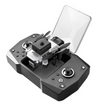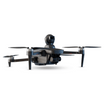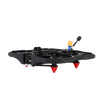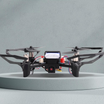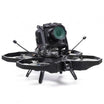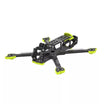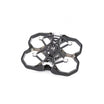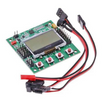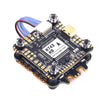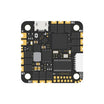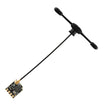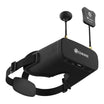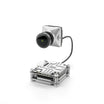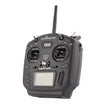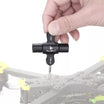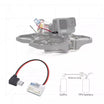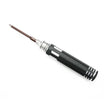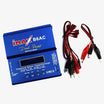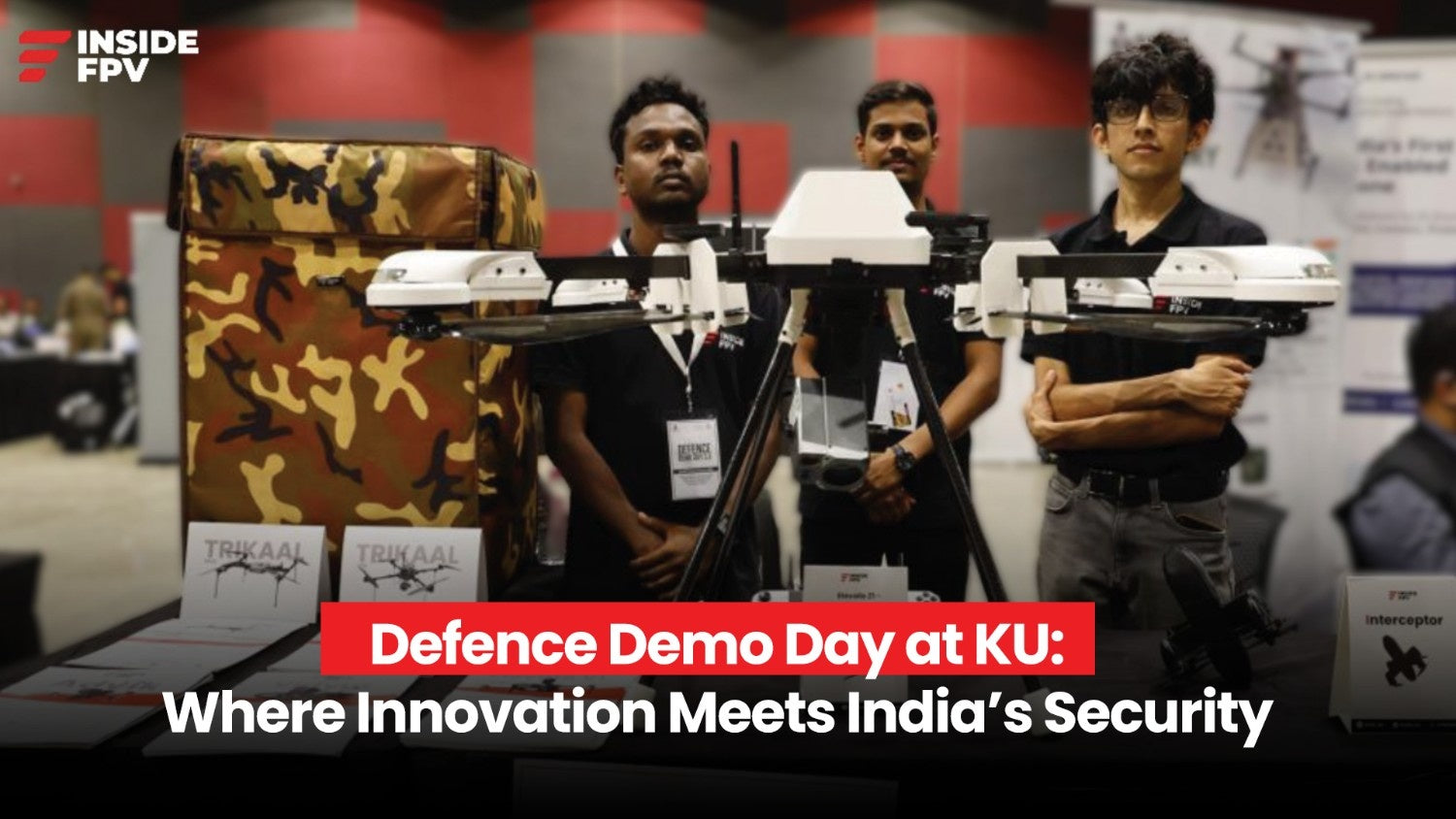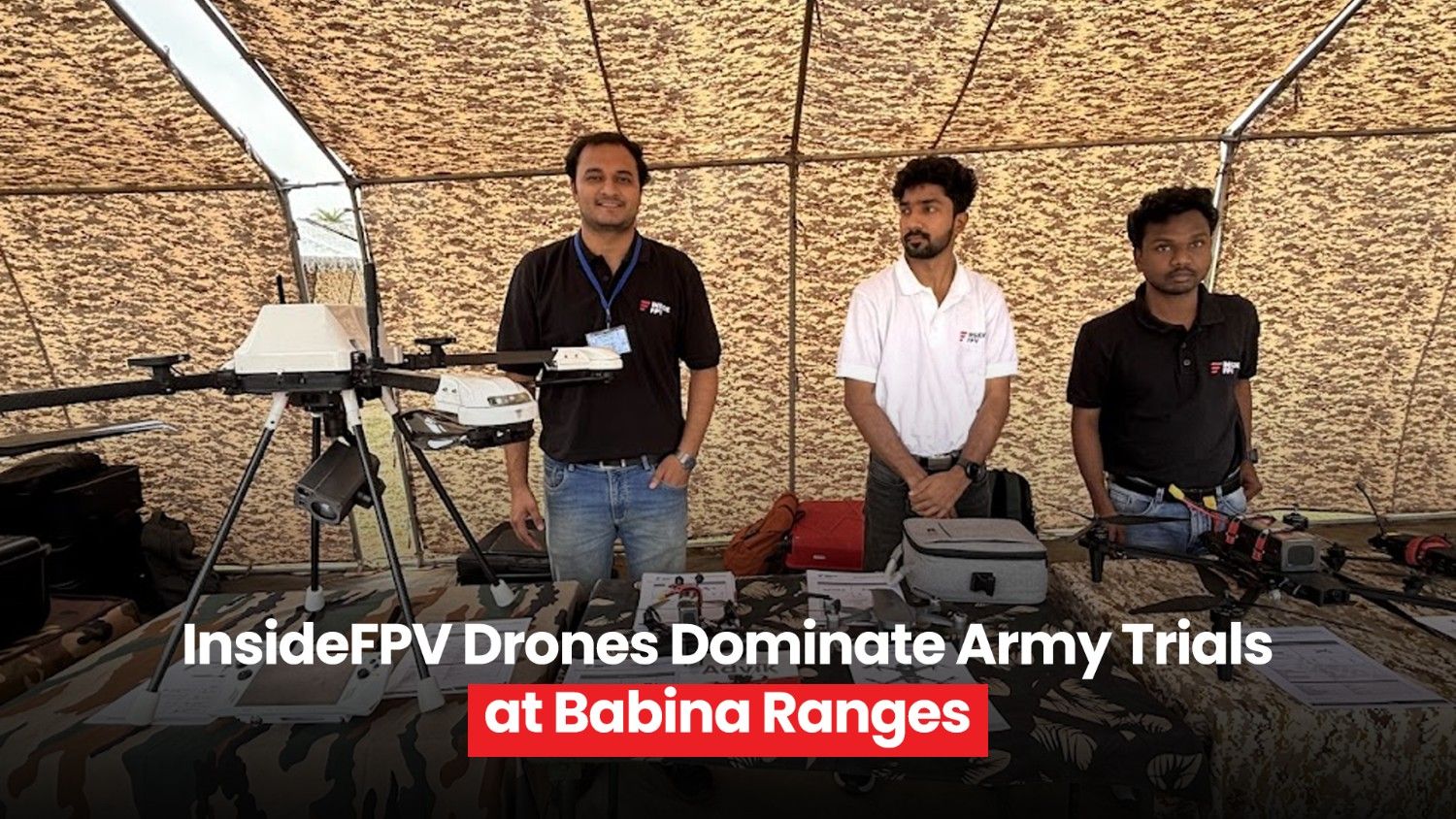Defence drones have evolved from basic surveillance tools into high-precision, multi-role assets that redefine how modern forces operate. Whether your mission involves border surveillance, reconnaissance, combat, or electronic warfare, choosing the right drone determines the success, or failure of your operation.
At insideFPV, we’ve seen how a well-matched drone can transform tactical awareness and reduce risks on the ground. But with hundreds of new models, payload configurations, and sensor options available in 2025, the real challenge is knowing which drone fits your mission best.
Let’s break it down.
8 Things to Keep In Mind Before Choosing Defence Drones
Let us go through the points that you must keep into consideration:
#1 Understand Your Mission Profile
Before looking at specifications or payload options, define what your mission really demands. Defence drones are typically categorized by role:
-
ISR (Intelligence, Surveillance, Reconnaissance) – For long-endurance observation and data gathering.
-
Combat or Armed Drones – Designed for precision strikes and loitering missions.
-
Tactical Drones – Short-range, high-mobility drones for on-field support.
-
Electronic Warfare Drones – Equipped to jam, intercept, or spoof enemy communications.
-
Border and Maritime Drones – Built for extended coverage and stability over vast terrain.
Each category has unique design priorities. For instance, an ISR drone prioritizes flight time and data links, while a combat drone focuses on speed, payload, and accuracy.
Also read: insideFPV provides complete drone lab setup in Pathankot
#2 Focus on Payload and Sensor Capability
The payload is the heart of a defence drone. It defines what the aircraft can actually do in the air.
In 2025, leading defence drones are integrating modular payload bays that can switch between electro-optical, infrared, LiDAR, or radar sensors.
Key things to look for:
-
Multi-sensor integration – A drone that can carry multiple sensors simultaneously provides unmatched situational awareness.
-
Targeting and tracking accuracy – Modern gimbals stabilize imagery for precise engagement.
-
Payload weight capacity – Heavier payloads mean greater capability but lower endurance, so balance accordingly.
Example: insideFPV’s Trikaal Max drone supports advanced imaging systems that can switch between thermal, optical, and radar sensors for day-night operations. It is therefore considered ideal for reconnaissance and tactical strike missions.
#3 Communication, Navigation, and Security Systems
The drone’s brain is only as strong as its connection. In defence operations, secure communication and reliable navigation are non-negotiable.
Look for:
-
Encrypted data links with anti-jam protection.
-
Redundant navigation systems like GPS plus inertial or visual odometry backups.
-
Beyond Visual Line of Sight (BVLOS) capability for extended missions.
-
Mesh networking for swarming or cooperative missions.
Modern defence drones now feature AI-assisted flight control that can maintain operation even under partial signal loss, significantly improving resilience in contested environments.
#4 Airframe Design, Endurance, and Mobility
Different missions call for different airframes.
-
Fixed-wing drones offer superior range and endurance for long-distance surveillance.
-
Multirotor or hybrid VTOL drones are perfect for rapid deployment and close-range operations where agility matters.
Fuel type is another big factor. While electric drones are quieter and efficient, hybrid or fuel-cell drones dominate long-endurance missions.
For instance, hybrid propulsion systems seen in new-generation tactical drones can sustain over 10+ hours of continuous flight, making them ideal for border patrol and search-and-rescue operations.
Also read: Experience insideFPV’s 7- Day drone training program
#5 Survivability and Counter-EW Capability
Defence drones must withstand real battlefield conditions including jamming, spoofing, and even kinetic threats.
Modern high-end platforms include:
-
Low radar signature materials
-
Encrypted control channels
-
Self-healing communication protocols
-
Failsafe autonomous return-to-base functions
If your missions take place in hostile electronic environments, prioritize drones with built-in counter-EW (electronic warfare) defences and redundant signal systems. Survivability isn’t just about armor, it’s about smart design.
#6 Regulatory and Legal Considerations
Each country’s defence procurement rules and export controls affect which drones can be acquired and how they can be used.
Before finalizing a purchase, check:
-
BVLOS and operational approvals.
-
End-user certification for combat payloads.
-
Data security compliance with defence protocols.
insideFPV assists defence clients in navigating regulatory frameworks to ensure that their procurement is both compliant and field-ready.
Also read: Decoding the new drone bill: What you must know
#7 Evaluate Total Cost of Ownership
The cheapest drone often becomes the most expensive one to maintain.
True cost includes:
-
Spare parts and payload replacements.
-
Software licenses and firmware updates.
-
Operator training and maintenance contracts.
-
Regulatory certifications.
A platform with modular components can lower long-term expenses by allowing easier upgrades. Defence procurement teams should evaluate lifecycle value, not just the upfront cost.
#8 Assess the Vendor’s Track Record
Your drone is only as reliable as the company behind it.
Before committing, check:
-
Real-world test data in similar mission environments.
-
Availability of after-sales support and spare parts.
-
History of successful defence contracts.
-
Security of the supply chain (especially for sensitive components).
At insideFPV, we collaborate directly with Indian defence forces and research bodies to develop drones tested for endurance, accuracy, and survivability under extreme conditions.
Also read: insideFPV earns prestigious recognition from Indian Army’s northern command
Latest Trends in Defence Drones (2026 Update)
The global defence drone market is evolving faster than ever. Some trends shaping 2025 include:
-
Swarm intelligence – coordinated drone formations that act as a single unit.
-
AI-based autonomous targeting – faster decision cycles for reconnaissance and engagement.
-
Hydrogen fuel cells – pushing flight endurance beyond 12 hours.
-
Compact tactical systems – portable drones for quick on-ground deployment.
insideFPV’s R&D team is actively developing solutions that blend endurance with real-time adaptability. Thus, we are helping to bridge the gap between surveillance and combat capabilities.
Frequently Asked Questions
What is the best defence drone for surveillance missions in 2025?
Look for long-endurance ISR drones with multi-sensor payloads. Models like InsideFPV’s Trikaal Max are built for continuous surveillance and day-night intelligence.
How do I ensure my defence drone can operate in jamming conditions?
Choose drones with encrypted communication, anti-jam modules, and dual navigation systems.
What are the legal steps before deploying a defence drone in India?
You need DGCA and defence ministry clearances, BVLOS permissions, and certified operators.
Are hybrid drones better than electric drones for military use?
Yes, hybrid drones offer higher endurance and flexibility. They’re ideal for long-range or high-payload missions where battery limitations can be restrictive.
How can InsideFPV help defence teams choose the right drone?
We offer consultation, demo flights, and mission-specific recommendations. From payload selection to field integration, our experts ensure the drone aligns perfectly with your operational goals.

